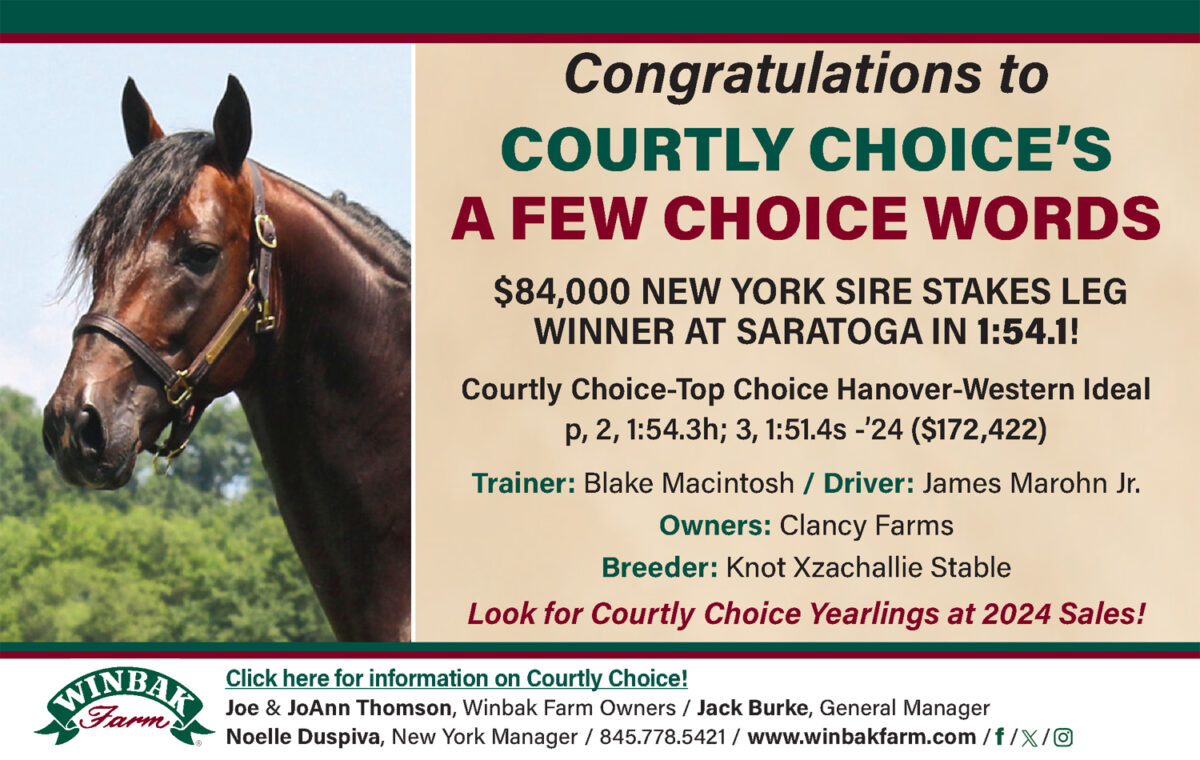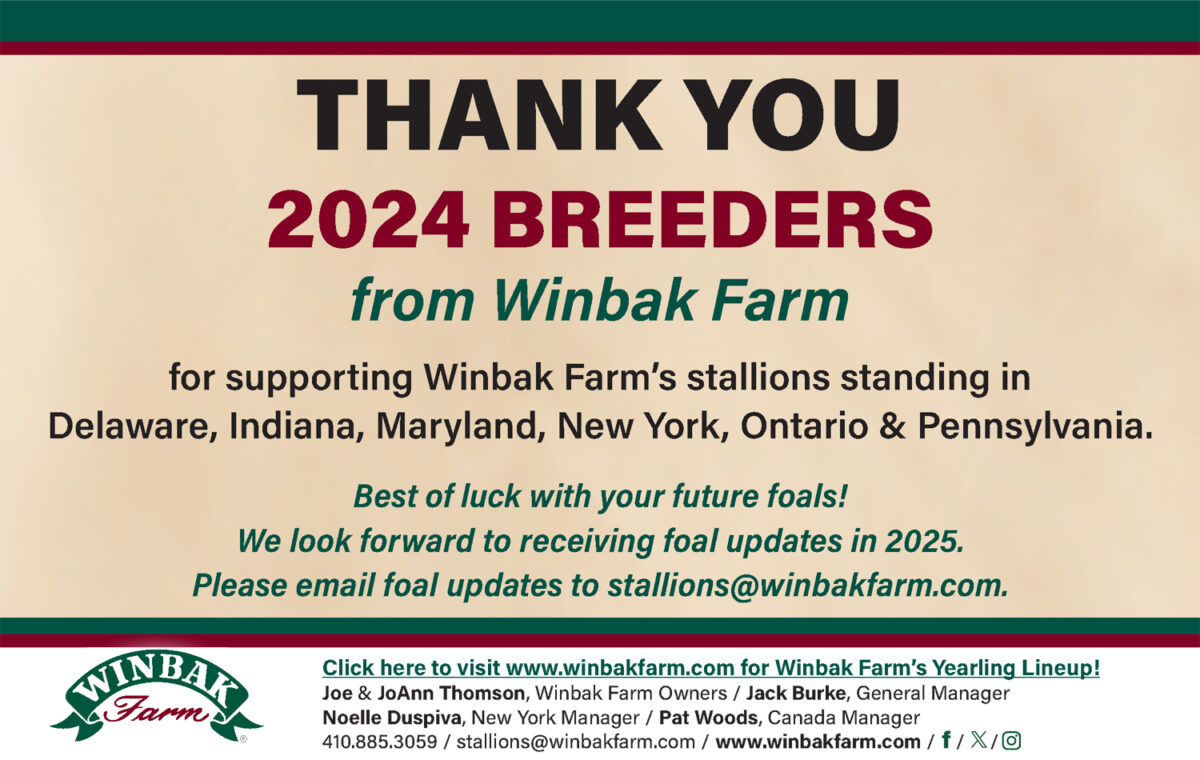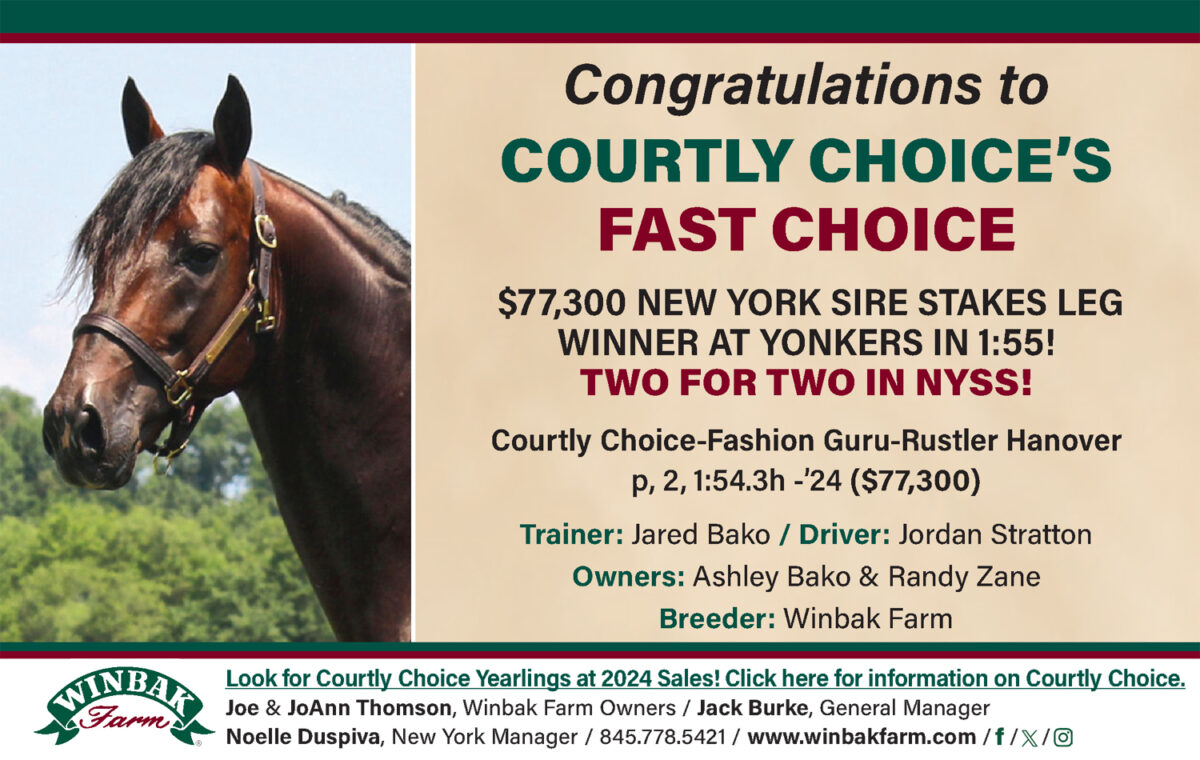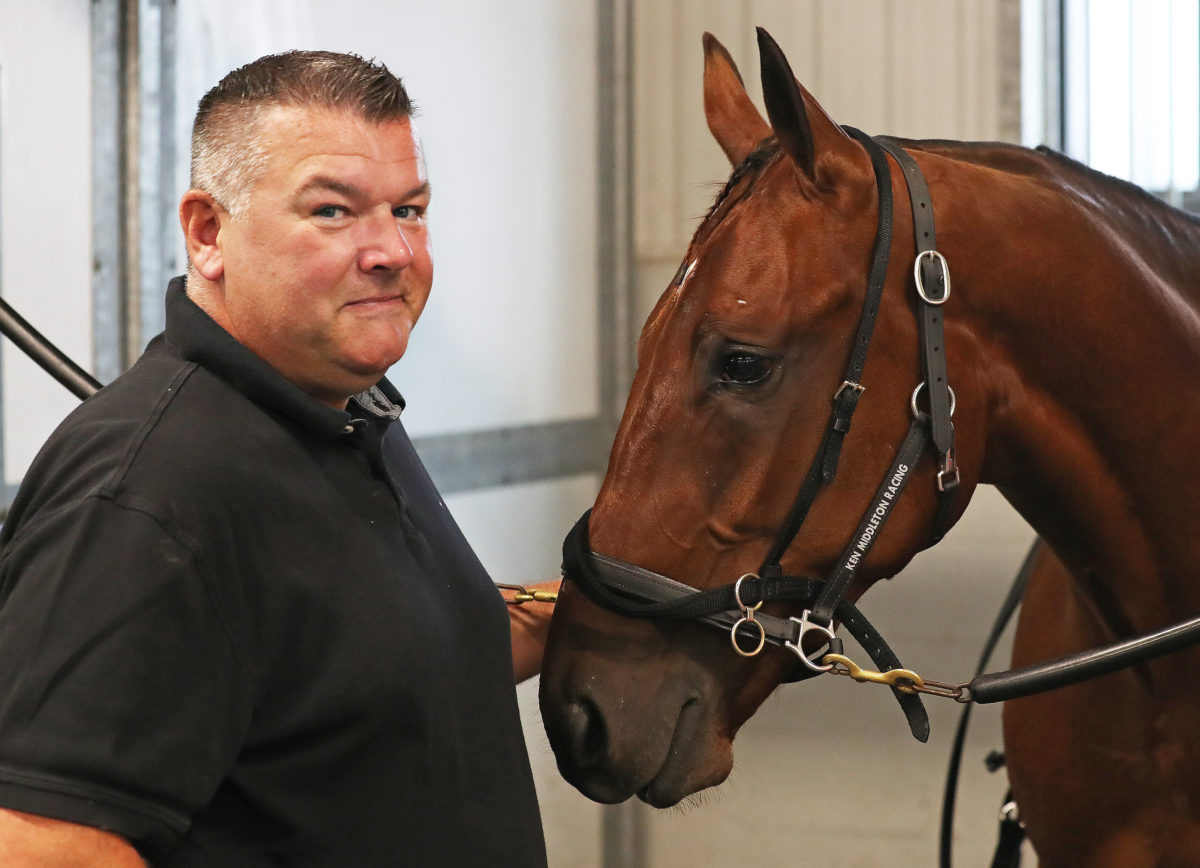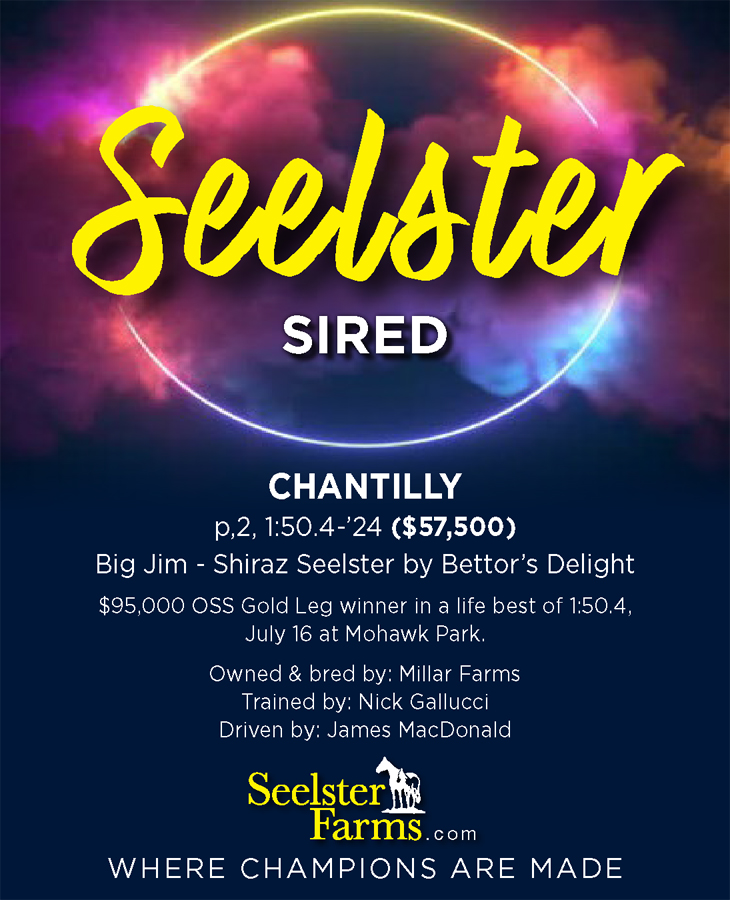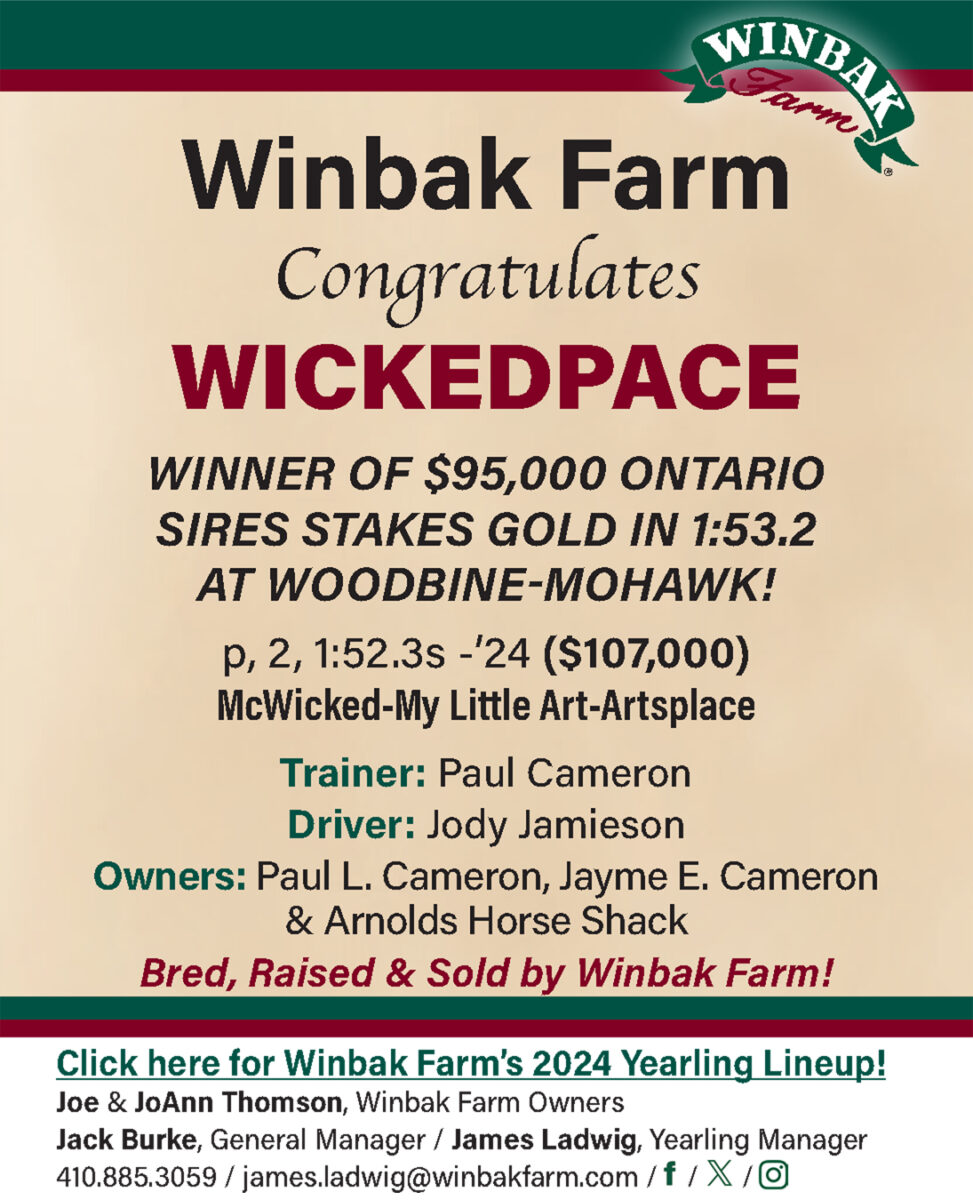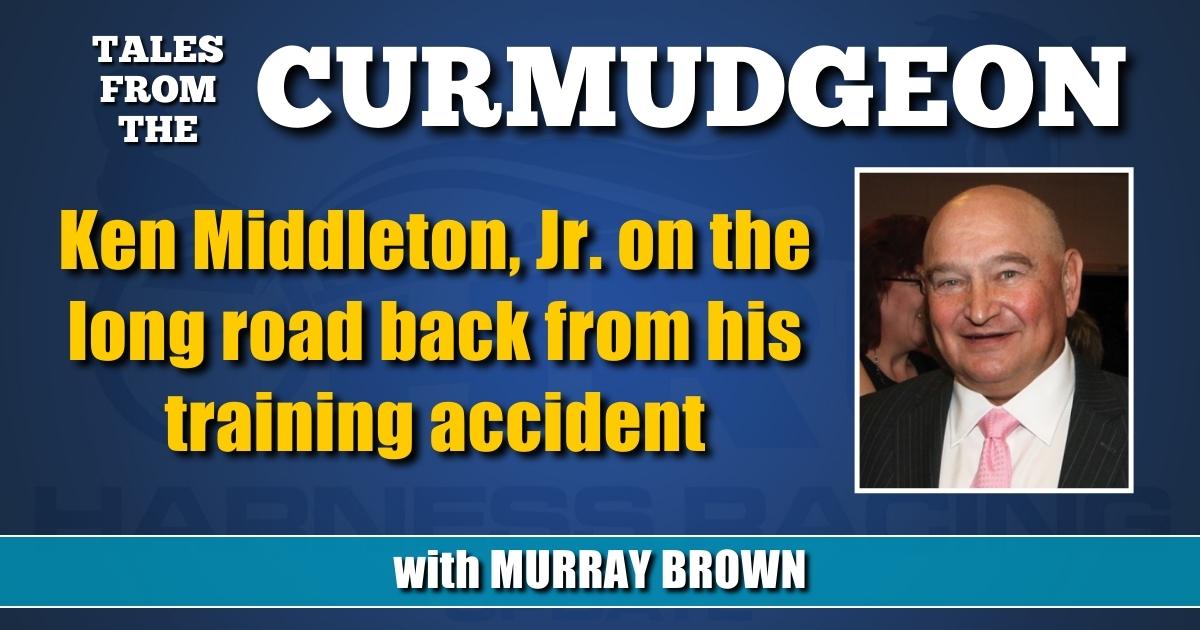

Ken Middleton, Jr. on the long road back from his training accident
Despite some setbacks, the Woodbine Mohawk Park race caller is working toward getting back in the booth and the bike.
by Murray Brown
The harness world was recently shocked to hear of a training accident involving long-time Woodbine Mohawk Park announcer Ken Middleton, Jr. The accident and its after effects are quite serious. Middleton is now in the hospital for the third time since going down on June 29.
“It happened with the quietest horse in my stable, the horse you would least expect to be fractious or problematic,” Middleton said. “He was a bit fractious that day, and he was reluctant to turn when I got him on the track. He acted like something spooked him and he took off toward the entrance to the track. He ended up bolting on me and when he did, he spun around and flipped me out of the cart. The horse ran back to my barn, and that’s when a number of other horsepeople came rushing to my aid as I laid on the ground. Someone was quick to call for an ambulance, and from that point I was then taken to Guelph General Hospital.
“Once there, I was subjected to a number of x-rays, CT scans and eventually an MRI. Those procedures helped doctors determine that I’d suffered a trio of fractured vertebrae in my neck. Once that was determined I was then transported to Hamilton General Hospital where I received the operation to fuse those vertebrae together with rods and screws. I had 43 staples in total going from the back of my head to the middle of my shoulder blades. I also had a piece of bone from another vertebrae that was impinging on my spinal cord. They were able to remove that piece of bone which they felt could be causing some of the neurological damage to my right arm.”
You are now in the hospital for the third time since the event.
“Yes. It really has been a bitch. I spent 10 days in hospital before being discharged to my home, but after nine days at home I developed an infection in the surgical site. Surgeons then performed a wash out of the area in the second surgery, and it led to me being in hospital for another 10 days. I had a PIIK line inserted into my arm in order for antibiotics to be administered intravenously at home for six weeks, and there’s a good chance I’ll have to take oral antibiotics for the rest of my life because of the nature of the injury. I’m also still dealing with some nerve damage in my right arm, but I’ve got my fingers crossed that I’ll regain strength and better mobility in that arm over time. My surgeon said it was a miracle that I came away with just those injuries.”
Which leads to my next question. When do they anticipate that you will be back in the announcer’s booth?
“It just depends on how things heal. I’ll have regular checkups with the staff of the Hamilton General Hospital and I also have to take care to simply rest properly and do a lot of healing at home. I’m taking it one day at a time right now. I feel a little bit better each day. I’m slowly weaning myself off the pain medication I’ve been using and I just try to keep a positive attitude. Announcing doesn’t require much physical dexterity or great strength, but it’s a job that requires high energy and a great deal of focus and memorization. So as soon as the doctors are pleased with my progress and well-being I’ll aim towards a return to the booth. As far as getting back to training horses, that will likely take much longer.”
You had five horses in training at the time of the accident. What is their status while you are on the shelf?
“A close friend of mine, Richard Moreau, was at my training center the next day to pick up four horses that were racing. The night of the accident I actually had three horses in to go at Mohawk Park, and my friend Ben Hollingsworth took charge by getting them to the track, warming them up and getting them raced with the assistance of my niece, Kendal Middleton, Sandi Lawrence and MacKenzie Spence.
“I’ve also had incredible support from my mother, Judy, and my brother and his wife [Keith and Tania] when it came to taking care of business with the broodmares, yearlings and turnout horses at my farm. Its times like these where one realizes how great a community we have.”
How did you become involved in training horses in addition to your full-time duties as a race caller?
“I suppose the bottom line was that I had a whole lot of time on my hands. I have always been around horses. My dad was the general manager at Elmira Raceway. I grew up doing just about everything there was to be done around a racetrack from mowing grass to actually calling races. Looking back, I would say that I was predestined to be involved in the sport.
“I hung around the stables, jogged horses, asked questions, utilized the answers to those questions and became a self-taught horseperson. I suppose that if it came around to one simple answer it would be that I loved it. I love calling races and everything associated with it. But I love being around the horses and horse people perhaps even more. That is pretty much all I’ve ever done throughout my life and career. That love hasn’t diminished. It has grown. Just as at one time the announcer’s booth presented a challenge, so have the jog cart and the breeding shed.”
You mention the breeding shed. In addition to having become a fairly successful trainer, you are also involved in breeding and raising your own horses.
“I suppose it came down to being involved in all facets of the sport. I consider myself to be a student of the game in all parts of harness racing. In their own way, they all present a challenge. I have always been motivated by challenges. In breeding, my biggest claim to fame is Bob Loblaw [1:50.3 – $253,337]. I bred and raised him. I think I can say that more than anyone else he taught me how to become a successful breeder and a successful trainer.
“He was a wonderful teacher. He was perfect from day one. His win in the $225,000 Ontario Sires Stakes Super Final at Mohawk Park has been the greatest thrill of my career. We both now find ourselves on the shelf raring to get back; Bob Loblaw trying to overcome an injury and me with assorted physical ills from the accident.”
Let’s speak of the area in which you are best known, race calling. How did it begin and evolve?
“I called my first race at Elmira when I was only 16. The regular announcer, because of a conflict with his day job, was unable to be there on Saturdays, so I was recruited for the task. It was a small race meet with only 50 race days a season. One could say I inherited the position to go along with all the other minor chores I had come to do.
“From there, I began calling races at several other Ontario “B” tracks. I spent four years at Flamboro Downs from 1994-1998 before taking a full-time on-air position at Woodbine Entertainment. Frank Salive was the regular race caller at WEG, and when he stepped down from the position in 2006 it was a position that I quickly jumped at. This fall will mark my 25-year anniversary of working for the company.”
Who are the best horses that you have been privileged to call?
“The very best one, trotter or pacer, was Muscle Hill. He was the most gifted performer I have ever seen, yet I don’t believe we came even close to seeing all of his greatness. I can’t recall a race in which he was pushed to the limit. I think that if he wasn’t retired at 3, he could have gone to Europe and beat the best in the world in the Prix d’Amerique and the Elitlopp. Among pacers, Somebeachsomewhere stands out, as well.”
What was the one race that you’ve called that you would call the most noteworthy?
“That would be the 2008 North America Cup, the one which Somebeachsomewhere won. When they speak of electricity being in the air, that was what it was like at Mohawk that night. There was a huge crowd. They were there to see their hero prevail in Canada’s greatest harness race. He didn’t disappoint. The noise was deafening. It certainly was an incredible memory I won’t forget.”
Do you think that there is anything that distinguishes you from all other race callers?
“I think we all have our own style and delivery. I’ve always tried to simply call the race as it unfolds. Be accurate, be exciting and paint a picture.”
Is there one announcer who you would label as the very best that you’ve heard?
“No question. That honor goes to Tom Durkin. He is the very best EVER in calling both harness and thoroughbred races. When God made Tom Durkin, he promptly broke the mold.”
What are the primary needs of a good race caller?
“First and foremost, just call the race. Be accurate. Don’t necessarily try to entertain. Include all the horses, even those who are seemingly out of contention.”






